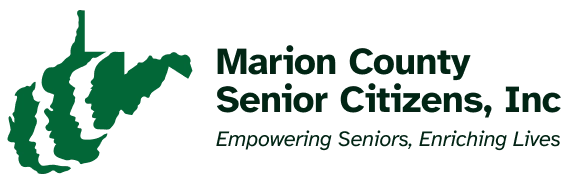Marion County Provider Plan
Our County Provider Plan serves as a roadmap for how Marion County Senior Citizens, Inc. will deliver services and programs to older adults in our community. This plan is required under the Older Americans Act and is part of a coordinated planning process that includes State and Area Agency on Aging plans.
The narrative section of the plan is updated every four years and must align with the State and Area plans, ensuring that our local priorities fit within broader aging service goals. The financial budget portion is submitted annually to reflect current funding and resource needs.
Your feedback is important in shaping how we serve seniors in Marion County, and we encourage all residents to review the plan and share their thoughts.
